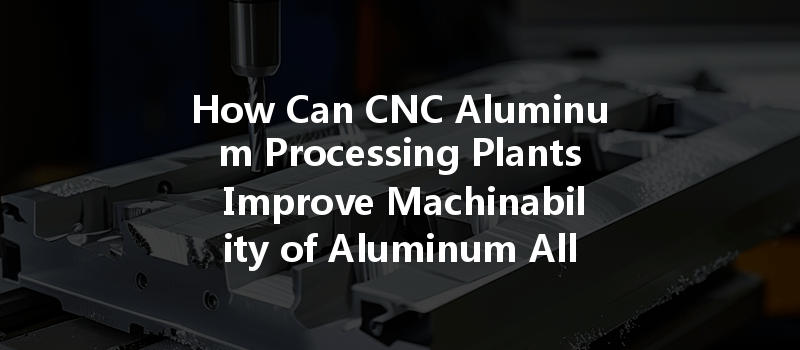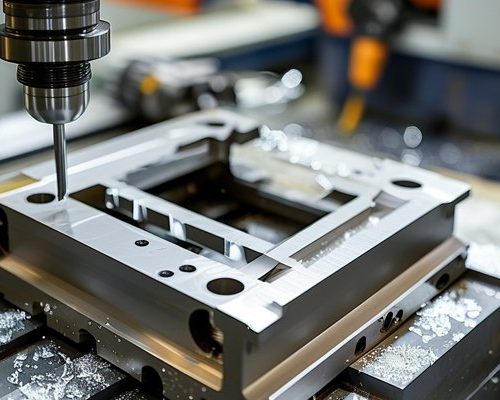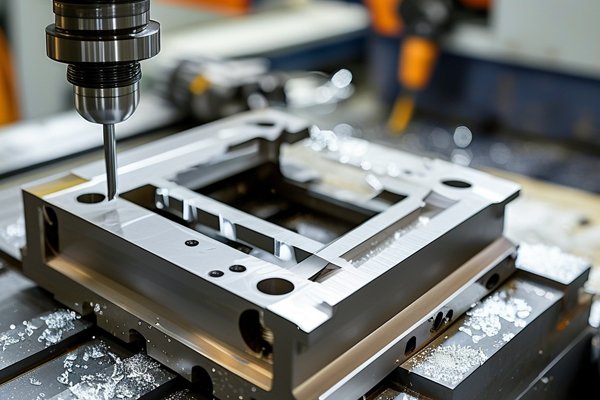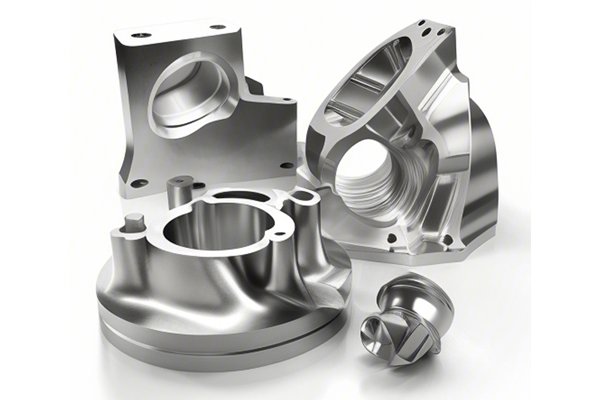In the ever-evolving landscape of manufacturing, CNC machining has emerged as one of the most efficient and precise methods for working with a variety of materials. Among these, aluminum alloys stand out for their lightweight, strong, and versatile properties, making them indispensable in numerous industries—ranging from aerospace to automotive, and even consumer electronics. Owners and operators of CNC aluminum processing plants often face challenges related to the machinability of different aluminum alloys. Factors such as tool wear, cutting speeds, and finish quality can greatly affect the end product and operational efficiency. In this blog post, we will explore how CNC aluminum processing plants can enhance the machinability of aluminum alloys, employing best practices and innovative technologies to achieve optimal results.
Understanding Machinability
Before diving deep into the strategies for improving machinability, it’s crucial to define what machinability entails. Machinability refers to the ease with which a material can be machined to achieve the desired surface finish and dimensional accuracy. It influences various factors such as:
In essence, enhancing machinability can lead to reduced manufacturing costs and improved product quality, both critical in a competitive market.
Analyzing Aluminum Alloys
Aluminum alloys are categorized into two main groups: wrought and cast alloys. Each type has unique characteristics that influence their machinability:
Understanding the underlying traits of the specific aluminum alloy in use is critical for implementing effective machining strategies.
Factors Affecting Machinability
To improve the machinability of aluminum alloys, several key factors need consideration:
The choice of cutting tools is perhaps the most significant factor influencing machinability. Here are some essential aspects:
CNC machining settings significantly affect the machinability of aluminum alloys:

Effective cooling and lubrication directly impact machined parts’ quality and longevity:
Implementing Automation and Technology
Modern CNC machining plants are increasingly embracing automation, which can significantly enhance overall efficiency and machinability:
Implementing advanced CNC software can yield better results in machining aluminum alloys. The software can optimize tool paths, allowing for smoother machining processes and improved cycle times. Examples include:
Introducing robotics into the machining process can also enhance efficiency, particularly for tasks like loading and unloading. For instance, robotic arms can ensure quicker turnaround times and reduce human error related to part handling.
Integrating IoT (Internet of Things) technologies into CNC machining can facilitate real-time monitoring. Sensors can track factors such as temperature, cutting force, and tool wear, enabling preemptive measures to be taken that keep production running smoothly and effectively.
Employee Training and Skill Development
No level of technology can replace the importance of skilled labor in a CNC aluminum processing plant. Continuous education and training of employees help in achieving improved machinability:
Improving the machinability of aluminum alloys in CNC machining is not just about selecting the right tools or parameters; it involves a holistic appreciation of the material characteristics, operational efficiency, and ongoing employee development. By focusing on these areas, CNC aluminum processing plants can not only boost productivity and quality but also ensure they remain competitive in a rapidly advancing industrial landscape.
Incorporating advanced technologies, such as adaptive machining, smart manufacturing, and robotics, paired with the unwavering commitment to employee training, can lead to a substantial improvement in machined part quality and operational efficacy. Thus, the road to achieving optimal machinability in aluminum alloys is paved with knowledge, technology, and a relentless pursuit of excellence.
At YL Machining, we are dedicated to equipping manufacturers with the information and tools they need to excel in CNC aluminum processing. For further inquiries or assistance, do not hesitate to reach out to our expert team.
—
This article provides a comprehensive overview of how CNC aluminum processing plants can address the machinability of aluminum alloys. It incorporates industry best practices and modern technologies to help businesses stay competitive in their respective fields.



